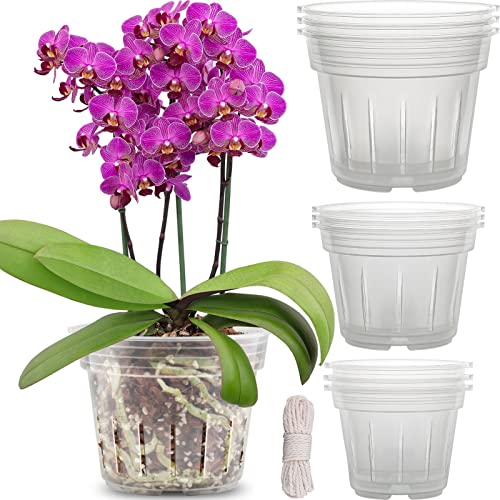treefrog
Well-Known Member
I just named it 10s ago 
This is a very vigorous grower that blooms all year long. The spikes consistently branches which is not a common feature of this species. The plant flowering habit is difficult to capture with a picture so I've added a video.
Cheers,
Mathieu
This is a very vigorous grower that blooms all year long. The spikes consistently branches which is not a common feature of this species. The plant flowering habit is difficult to capture with a picture so I've added a video.
Cheers,
Mathieu


















